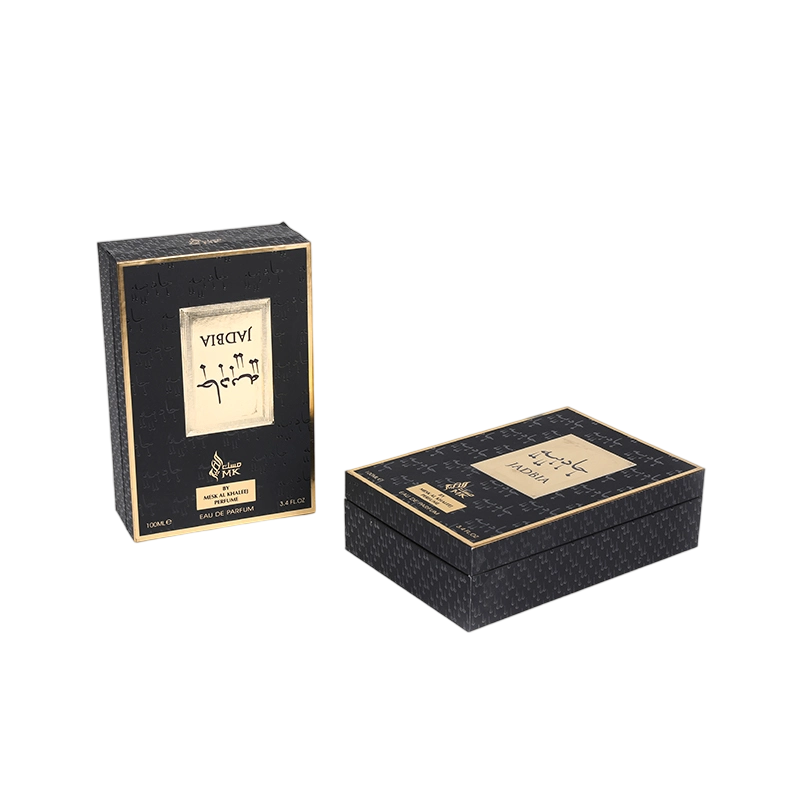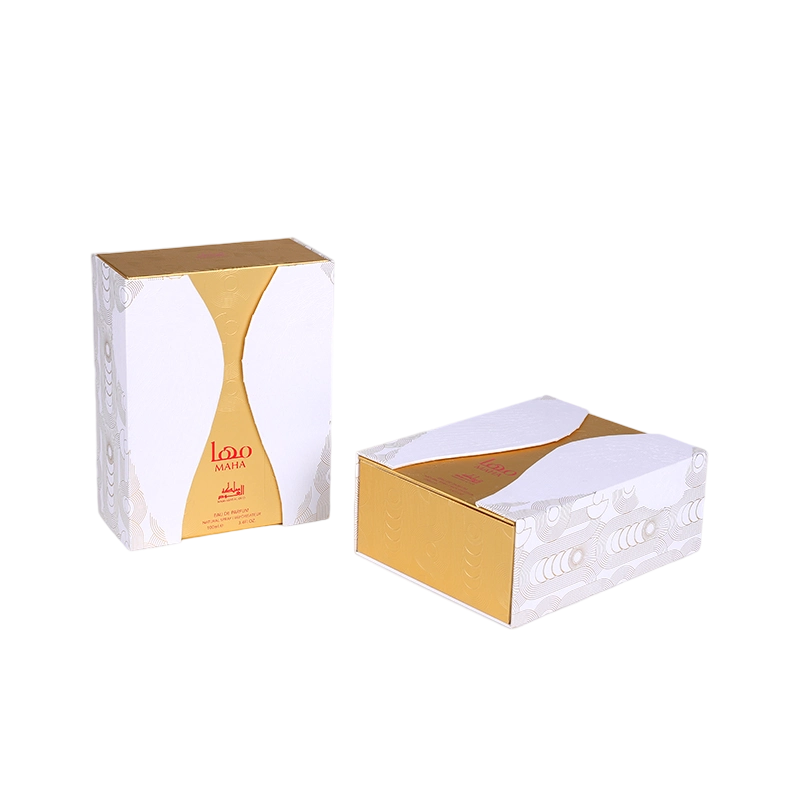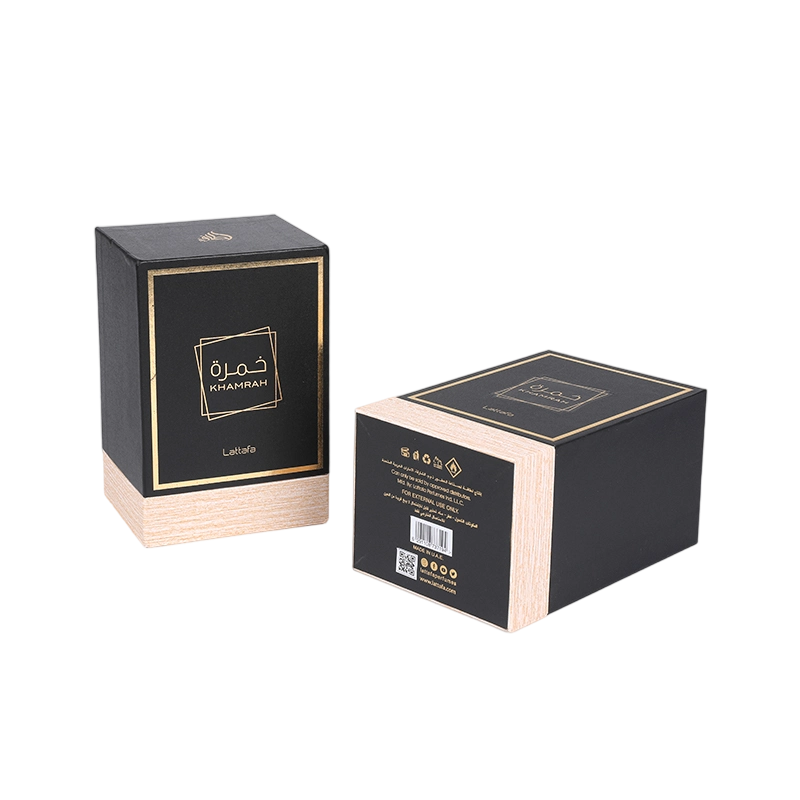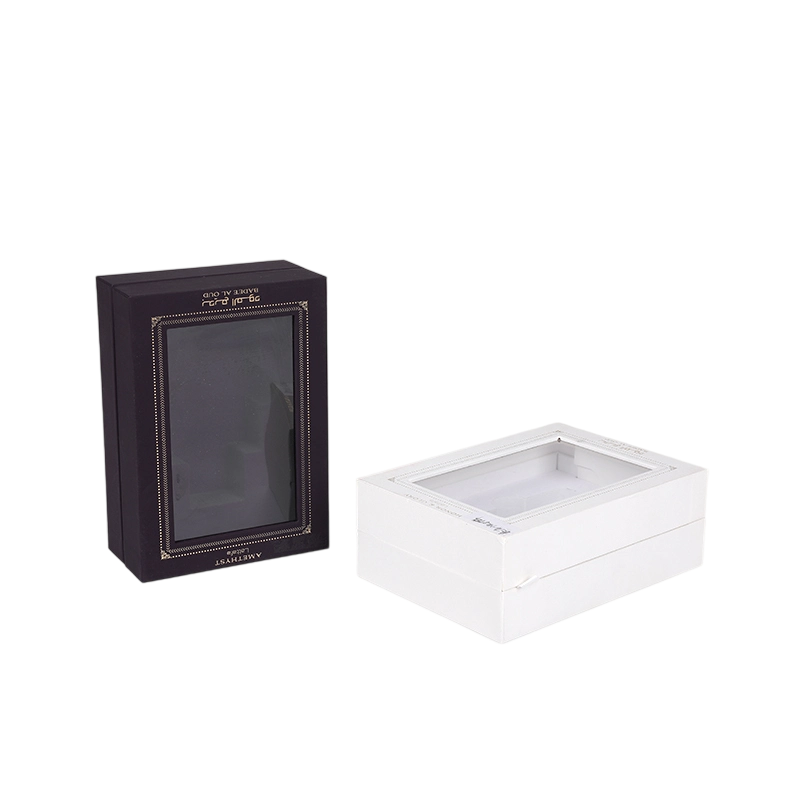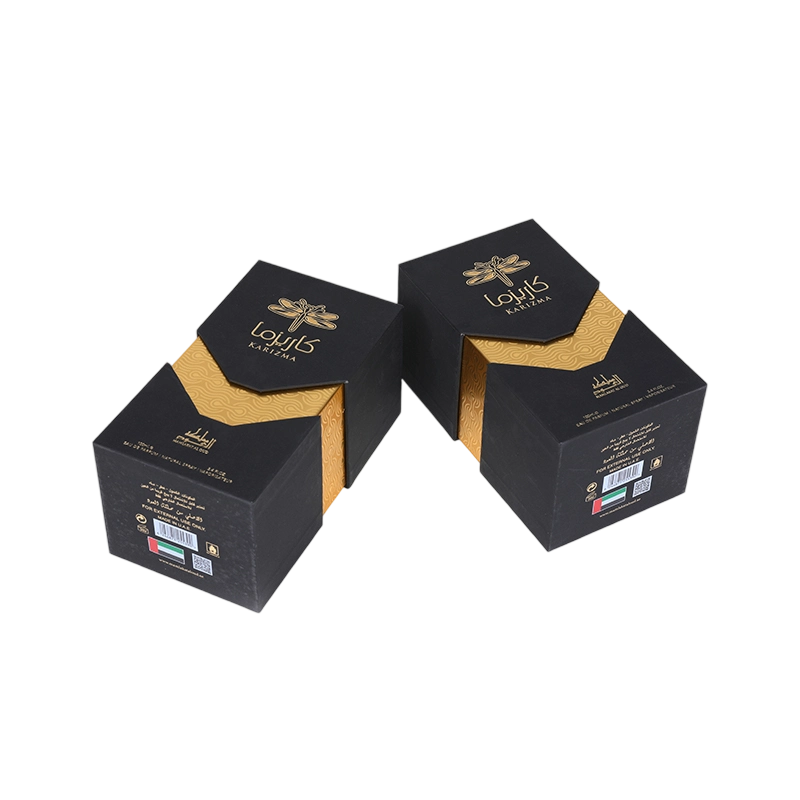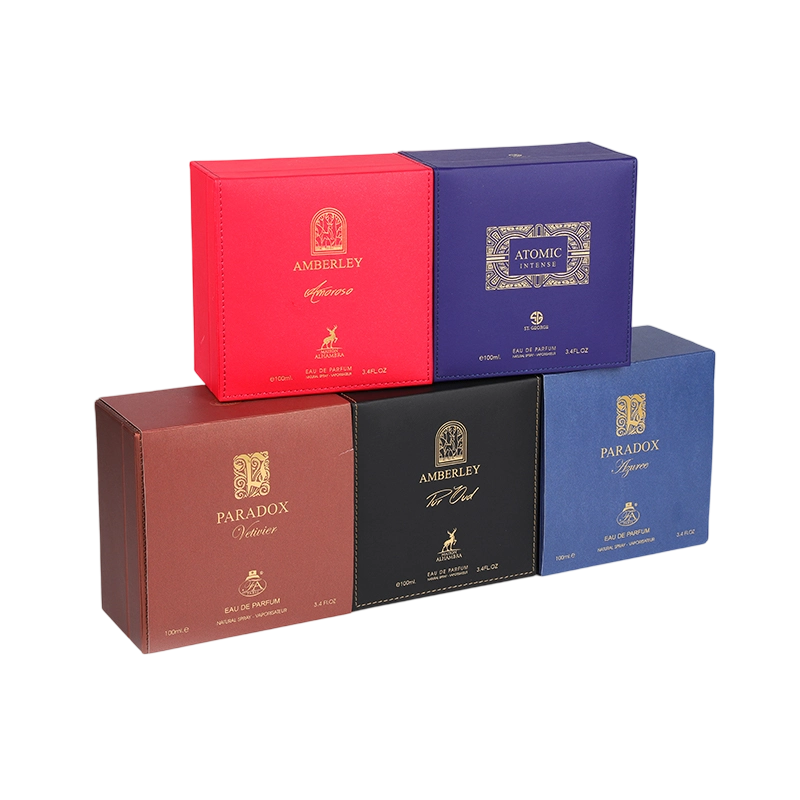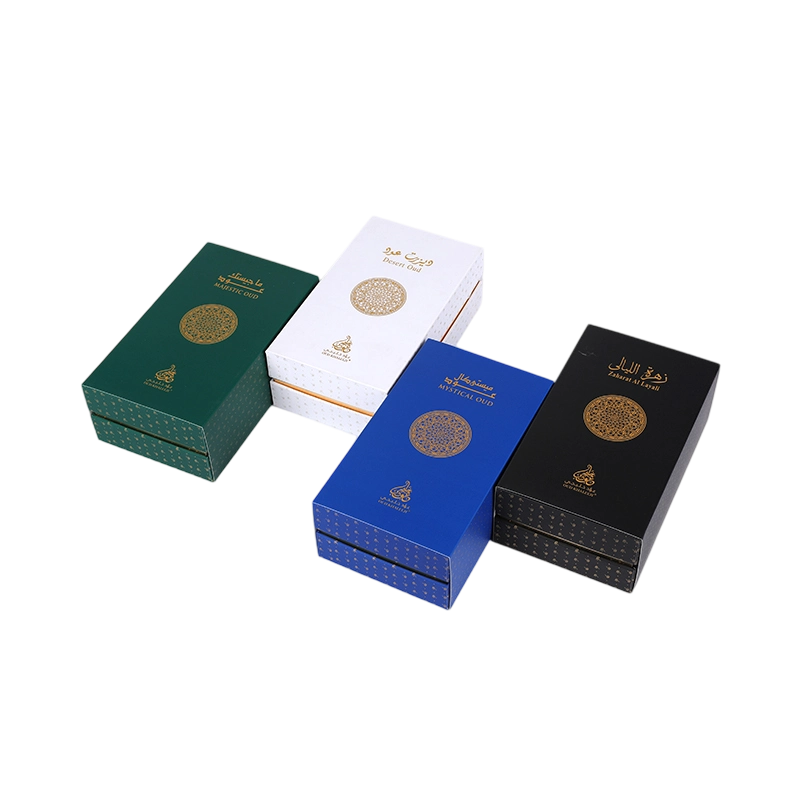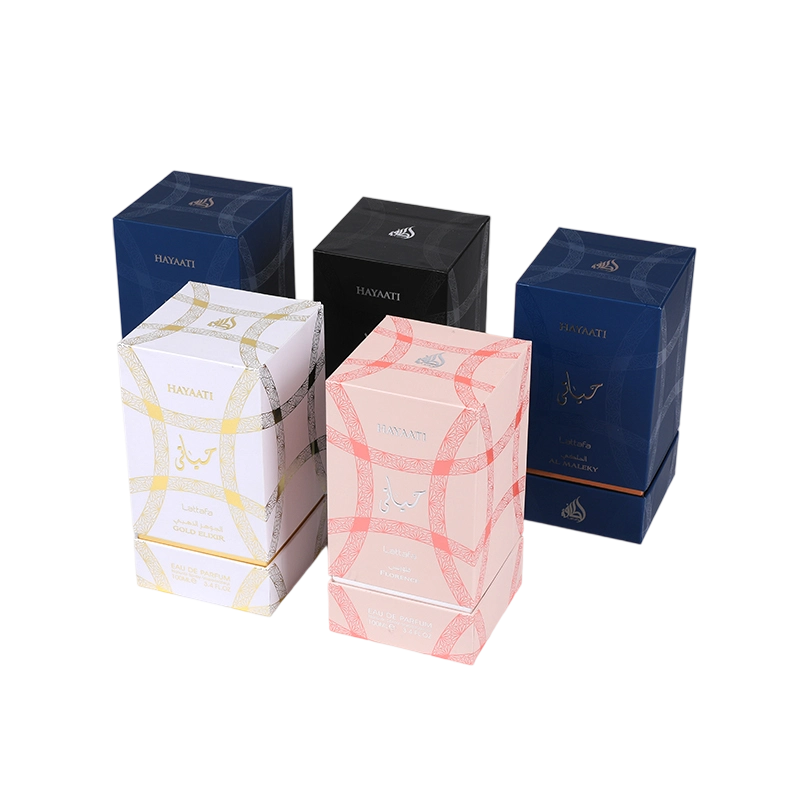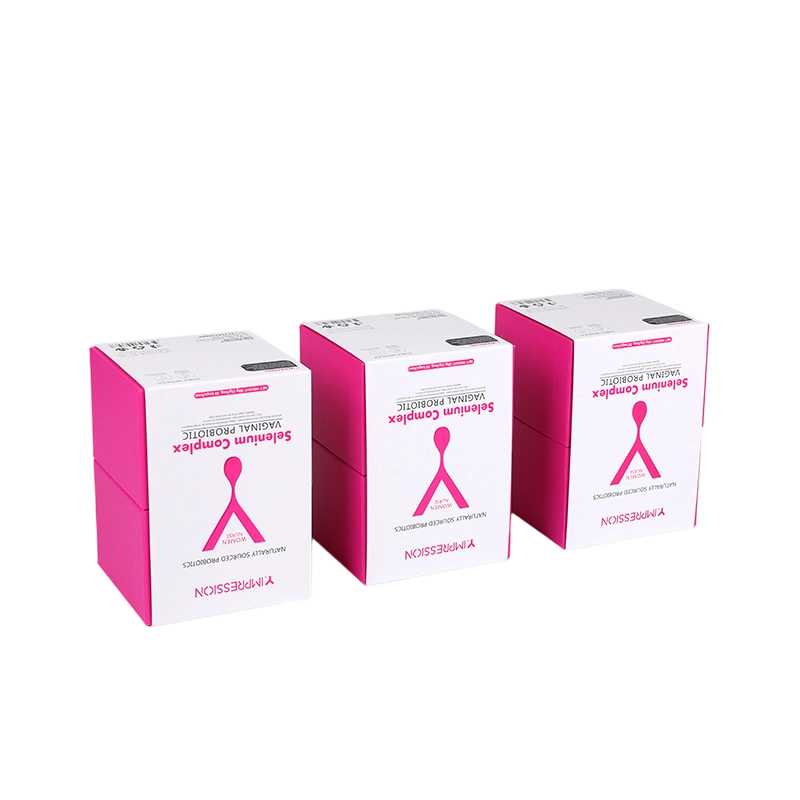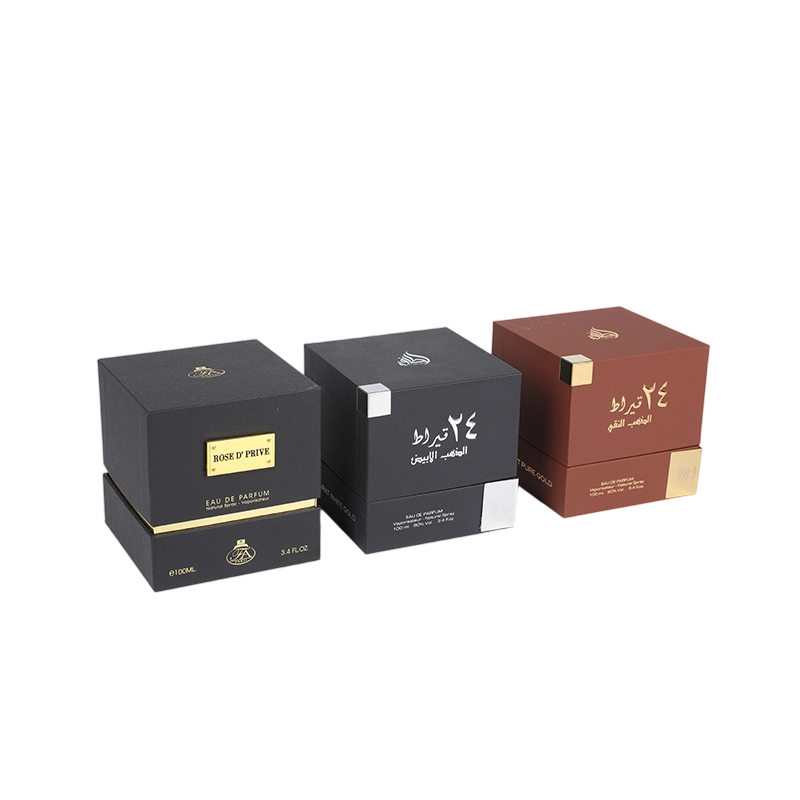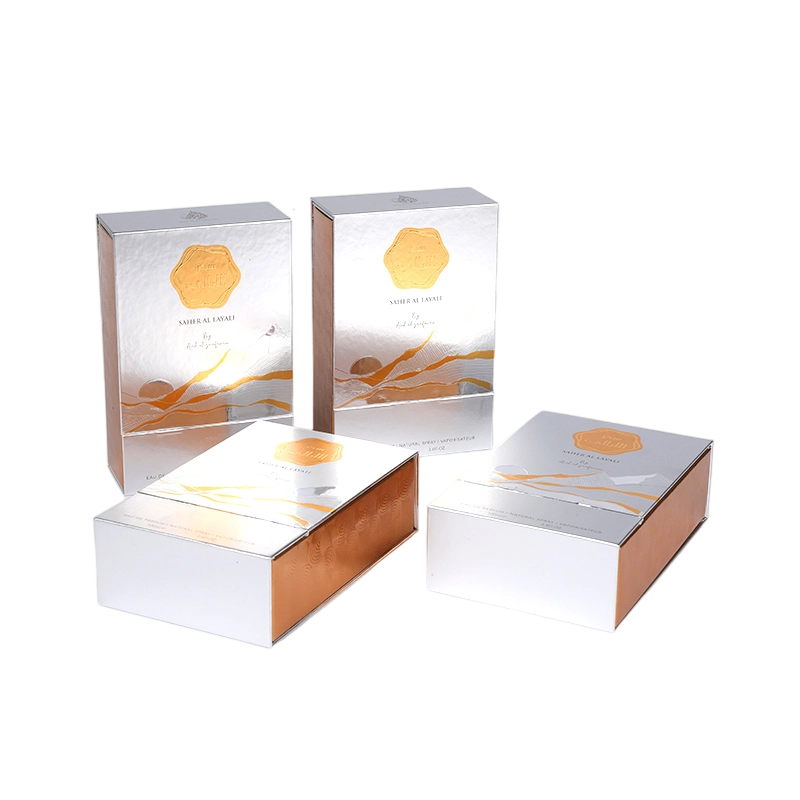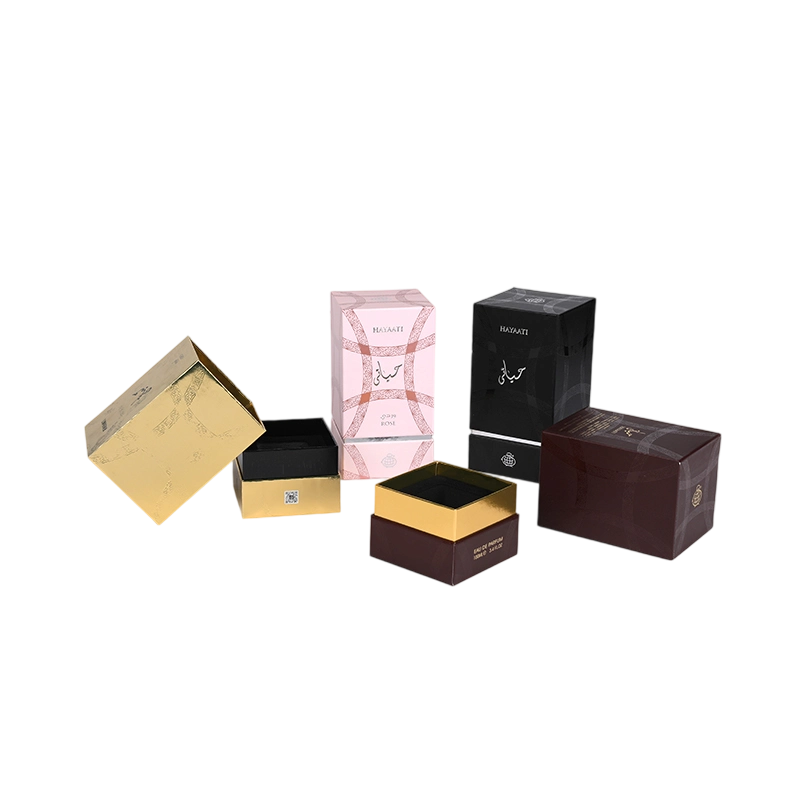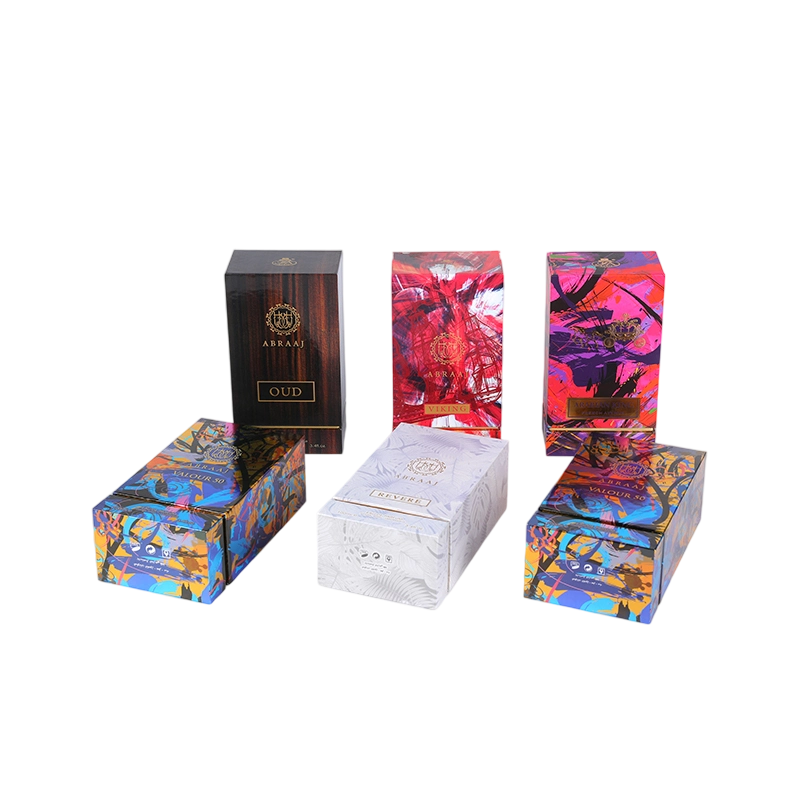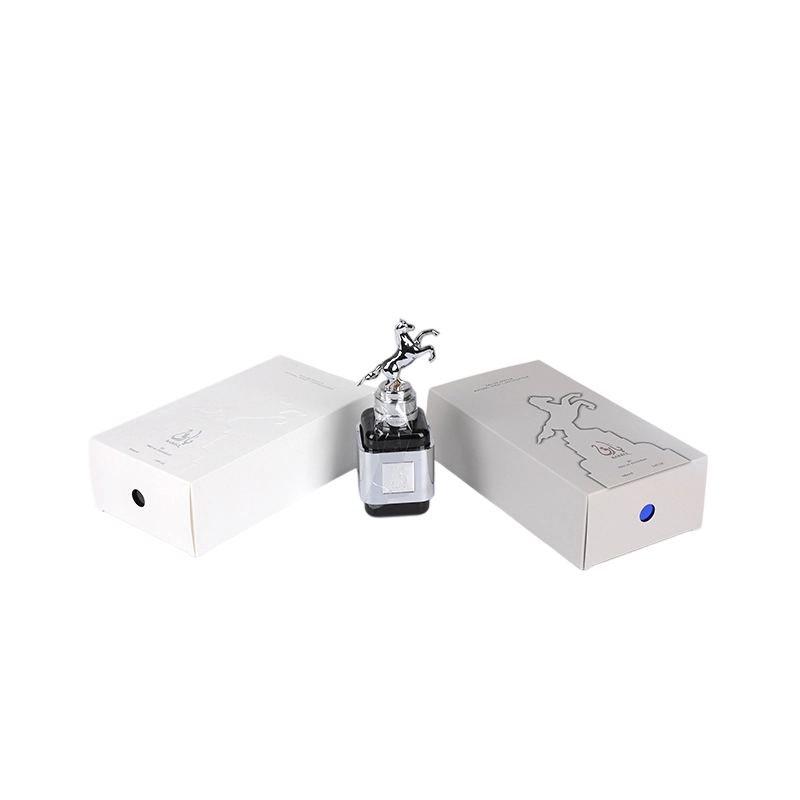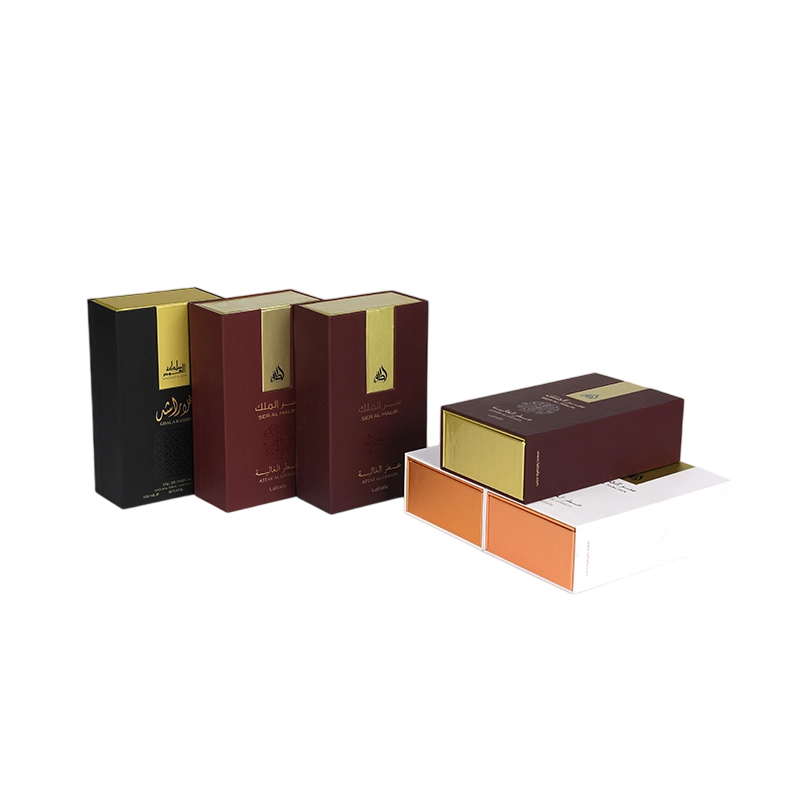Tube boxes, also known as cylindrical or tubular packaging boxes, are widely used in packaging industries for items such as cosmetics, food, posters, electronics, and specialty products. Their cylindrical shape offers aesthetic appeal, efficient storage, and convenient handling. However, for both manufacturers and consumers, the structural integrity of tube boxes—particularly their pressure resistance and extrusion resistance—is a critical concern. These properties determine whether the box can protect its contents during storage, transportation, and handling.
1. Understanding Pressure Resistance and Extrusion Resistance
Pressure Resistance refers to the ability of the tube box to withstand vertical forces or weight applied from above without deforming or collapsing. This property is particularly important when boxes are stacked during shipping or storage.
Extrusion Resistance, on the other hand, describes the box’s capacity to resist lateral forces, squeezing, or compression from the sides. It ensures the cylindrical structure maintains its shape when subjected to handling, packing, or accidental impacts.
Both properties are essential for preventing damage to the contents and maintaining the visual and functional integrity of the packaging.
2. Factors Affecting Pressure Resistance
Several factors determine the vertical strength of a tube box:
Material Type: Tube boxes can be made from cardboard, paperboard, plastic, or composite materials. High-density paperboard and reinforced cardboard provide superior pressure resistance compared with lightweight materials. Plastic or composite materials often offer even higher structural strength.
Wall Thickness: Thicker walls increase the box’s ability to withstand vertical loads. Single-layer cardboard may suffice for light items, but multiple layers or laminated structures are recommended for heavier products.
End Caps: The quality and fit of the top and bottom caps affect pressure resistance. Firmly fitting caps that distribute vertical loads evenly enhance overall strength.
Diameter-to-Height Ratio: A shorter, wider tube can typically withstand more vertical pressure than a tall, narrow tube, which is more prone to buckling.
3. Factors Affecting Extrusion Resistance
Extrusion resistance is influenced by the following aspects:
Material Elasticity: The ability of the material to flex and return to its original shape contributes to extrusion resistance. Cardboard with high fiber density and plastic tubes with flexible polymers resist squeezing better.
Reinforcement Features: Adding internal supports or corrugated layers improves resistance against lateral forces.
Surface Finish: Smooth, rigid surfaces distribute compression evenly, while softer or uneven surfaces may deform more easily.
Shape Consistency: Cylindrical shapes naturally provide some structural rigidity, but inconsistencies in wall thickness or ovalization can reduce extrusion resistance.

4. Real-World Performance
In practical applications, tube boxes with reinforced cardboard or laminated materials can generally withstand stacking loads of several kilograms without noticeable deformation. For example:
A paperboard tube box designed for cosmetics may support 5–10 kg of vertical weight without collapsing.
Plastic or composite tube boxes for premium or heavy items can resist even higher loads and maintain their cylindrical shape under side pressure.
Extrusion resistance is typically tested by applying lateral forces to the sides of the tube. High-quality tube boxes can resist squeezing and maintain their circular shape, preventing damage to fragile contents such as glass bottles, electronics, or rolled posters.
5. Tips to Improve Pressure and Extrusion Resistance
Manufacturers and designers can enhance the strength of tube boxes through:
Material Selection: Using high-density or laminated paperboard, reinforced cardboard, or durable plastics.
Wall Reinforcement: Adding inner liners, corrugated inserts, or multiple layers to increase rigidity.
Cap Design: Ensuring snug-fitting end caps that distribute weight evenly.
Diameter and Height Optimization: Designing tubes with appropriate proportions to reduce the risk of buckling.
Quality Control: Consistent production standards to avoid thin spots or structural weaknesses.
6. Testing and Standards
To ensure reliable performance, tube boxes are often subjected to standard tests for pressure and extrusion resistance:
Vertical Compression Test: Simulates stacking loads to measure how much vertical weight the tube can withstand before deforming.
Lateral Compression Test: Evaluates the ability to resist squeezing or side impacts during handling.
Drop Test and Handling Simulation: Ensures that the tube can protect its contents under realistic shipping conditions.
The pressure resistance and extrusion resistance of tube boxes are essential factors that determine their functionality, durability, and suitability for protecting various products. These properties are influenced by material choice, wall thickness, diameter-to-height ratio, reinforcement features, and cap design. High-quality tube boxes, particularly those made from reinforced cardboard or durable plastics, can withstand significant vertical and lateral forces, making them reliable for storage, shipping, and daily handling. Manufacturers can further improve performance through careful design, testing, and quality control, ensuring that the tube box maintains its structural integrity and protects its contents effectively.

 English
English 中文简体
中文简体 عربى
عربى

